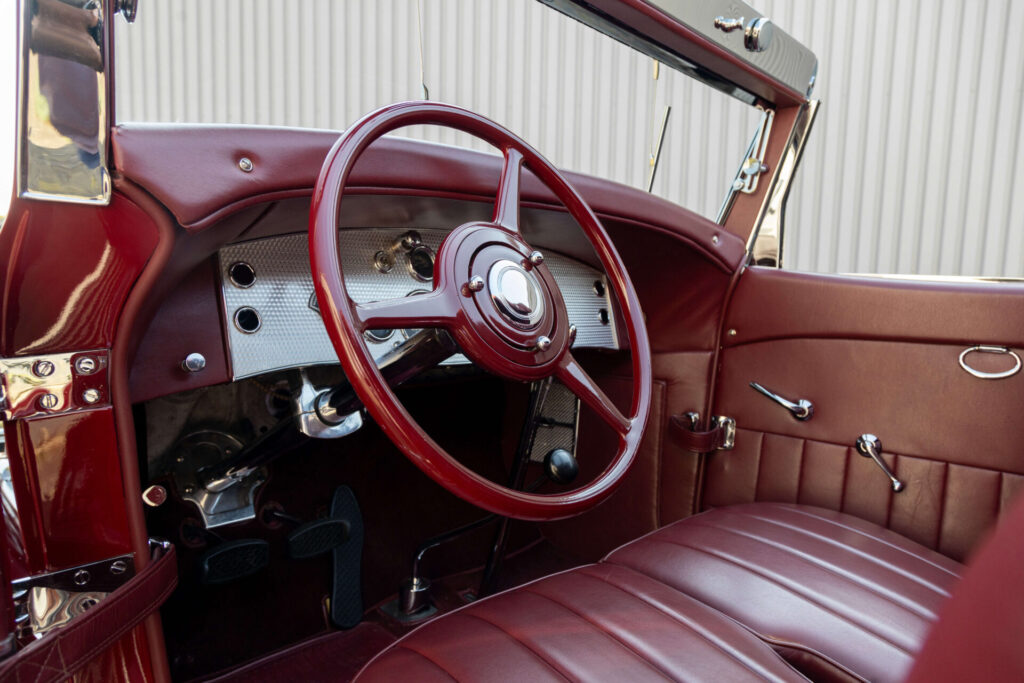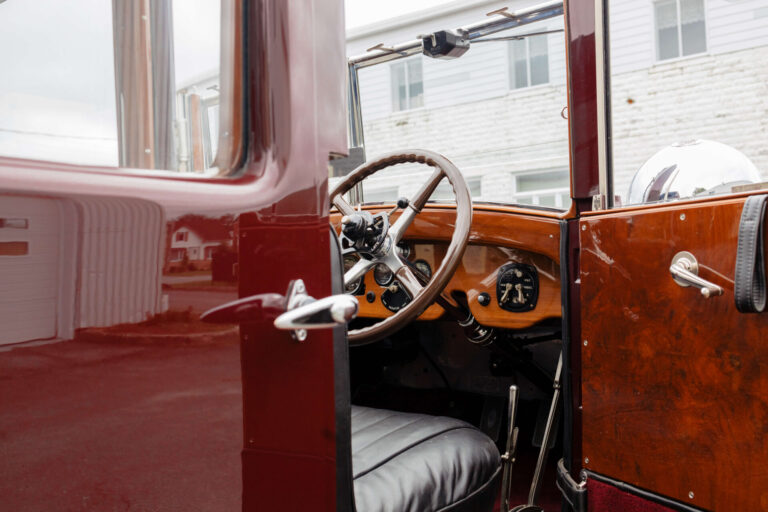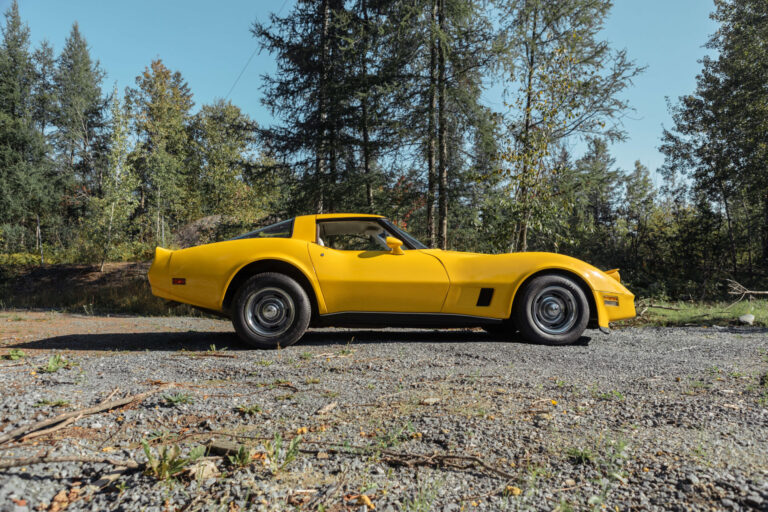The Automotive Dream “One man and his dream had not simply left the world with an engine and four wheels; Henry Ford and his Model T had influenced people's everyday lives - where they lived, how they spent their leisure time, even how they viewed themselves.” - Gary...
Duesenberg Model J
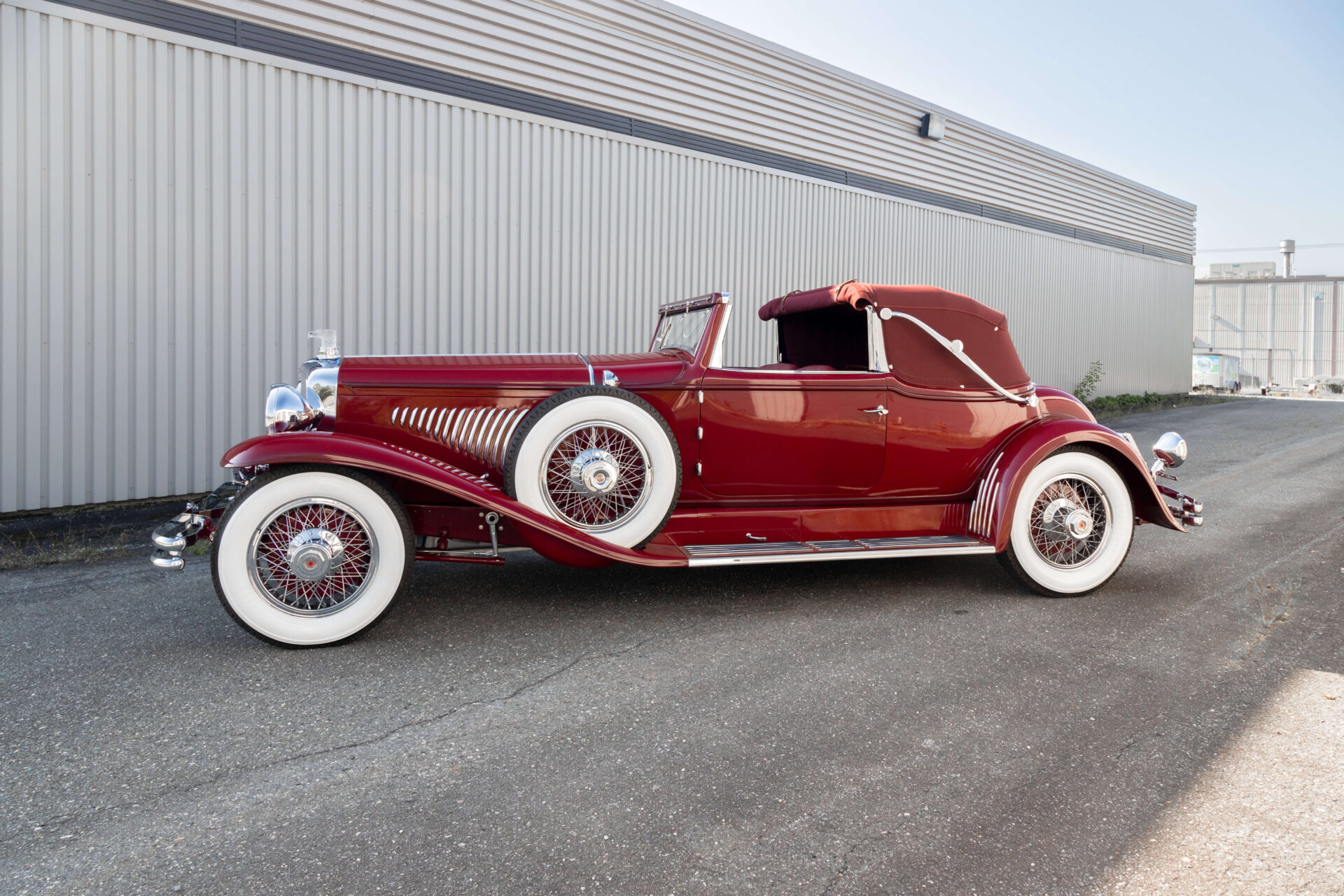
Photo credit - Good Vision Prod
Recent posts
Lagonda 16/80 Special Six 1933
English Touring The car we present to you this week is the Lagonda 16/80 Special Six in the Demers Car Collection. Lagonda was a luxury British car brand that Aston Martin eventually absorbed. Through its association with Aston Martin, it is sometimes hard to remember...
An Introduction to Lagonda
Before Aston Martin “The history of Lagonda cars is synonymous with sophistication, opulence, and groundbreaking performance” - An article for Discovery UK Today, we may recognize the name Lagonda from its association with Aston Martin. Before these two brands...
Cadillac Model A 1903
The Standard of the World “No other American car on the market in the first decade of the century was constructed to higher standards than Cadillac.” - Stephen W. Sears in The Automobile in America Some of you may know that Cadillac has long had the slogan “Standard...
The Best of America’s Best
“Fred Duesenberg’s brain and E.L. Cord’s money produced what they-and many others-called with no exaggeration “the world’s finest motor car”” Richard M. Langworth in The Great American Convertible
Although the name sounds German, the Duesenberg is a car made in the United States. The subject of this week’s blog, the Duesenberg Model J, was produced between 1928 and 1937. It was made with the ambition of being the world’s most luxurious and performant car. The expression “It’s a Doozy!” to describe anything fantastic is believed to originate from the reputation of this model. Doozy in this case would come from Duezy which is short for Duesenberg. Keep reading to learn more about the Duesenberg brand, the purpose of this model and its particularities.
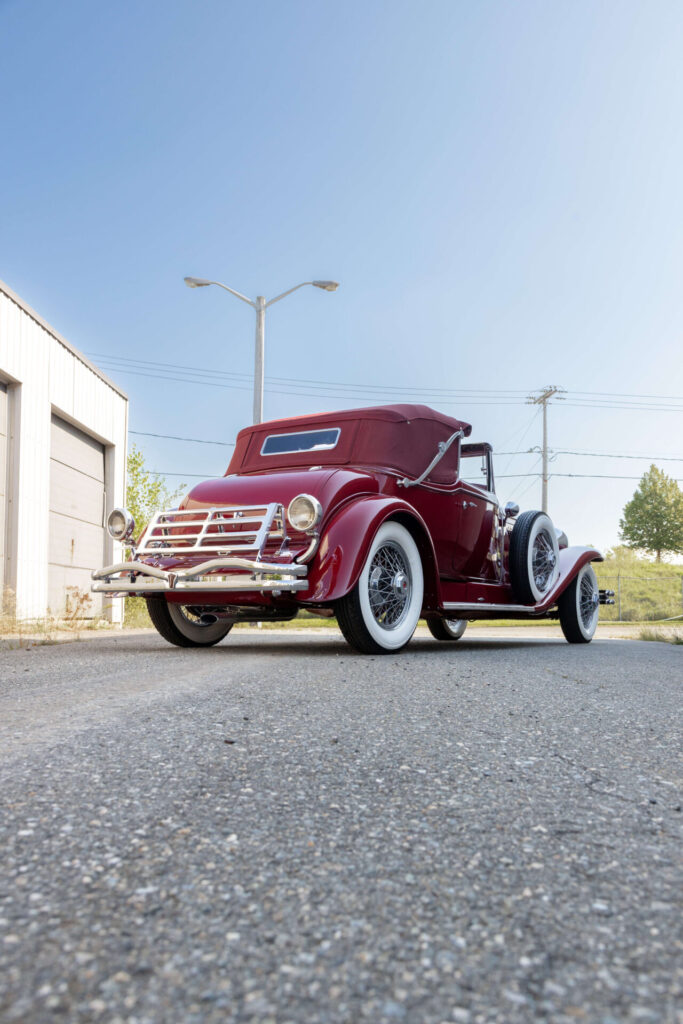
How They Got to Making Cars
Fred and Augie Duesenberg, or the Duesenberg brothers, were born in Germany and immigrated to the United States in 1885 with their family. Together, they started different ventures into motor engineering and racing. First, they made racing bicycles, then worked on engines and then put their engines on bicycles to make motorcycles. At the beginning of the 1900s, Fred tinkered with automobiles and the brothers participated in car racing. In 1906, Fred worked for the Mason Motor Co. Although his time with this company was short-lived, Mason backed the brothers’ continuous racing ventures.
In 1913, the brothers opened the Duesenberg Motor Company which first focused on making all types of engines with various uses in the marine, aeronautic and automobile industries. By the end of the decade though, they wanted to try to make a production car. Introduced in 1920, their first car, the Model A, boasted their famous straight-eight engine and four-wheel hydraulic brakes. These were unparalleled engineering advances for the time.
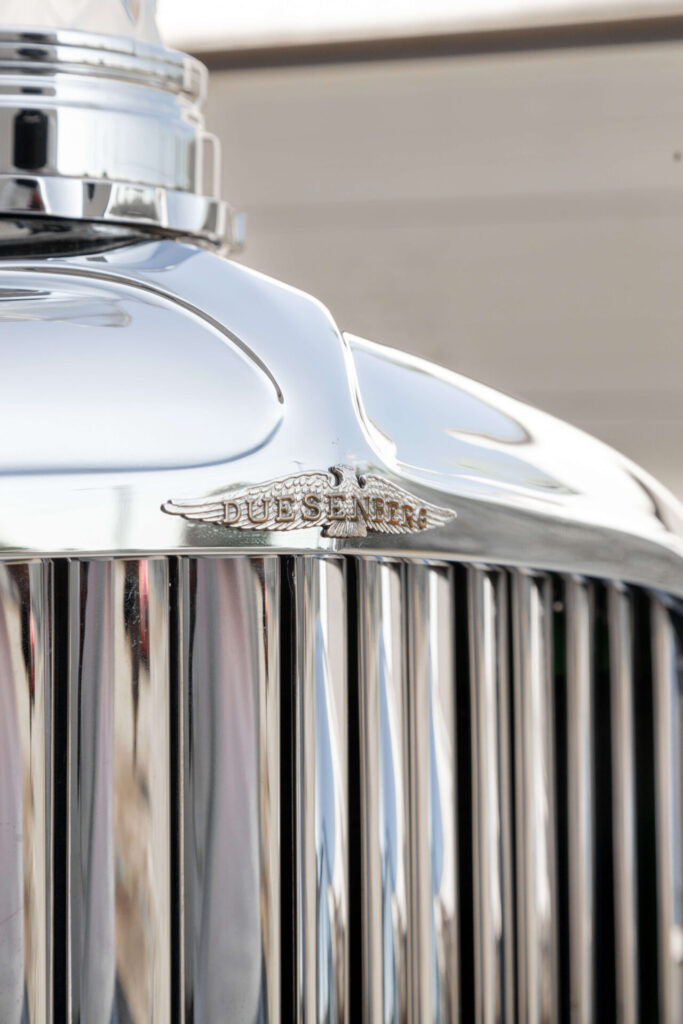
More on Racing
The innovative four-wheel, hydraulic brakes are partly credited for the Duesenberg’s many racing wins. This advanced technology allowed racers to wait longer before braking, thus gaining a precious advantage. Most notably, Jimmy Murphy was the first American winner of a French Grand Prix in 1921 driving a Duseengerg. He finished with a 15-minute lead and established a speed record that would hold until 1930. Americans had to wait until the 1960s before winning another French Grand Prix. Apart from a long list of other racing successes, a Duesenberg won the Indianapolis “500” in 1924, 1925 and 1927. The excellence of Duesenberg engines for motorbikes, planes, boats and motorcars was well renowned although the brothers’ business ventures and first cars did not reach commercial success. It took the influence and support of Errett Lobban Cord, a marketing and sales genius and empire builder, to make the Model J possible.
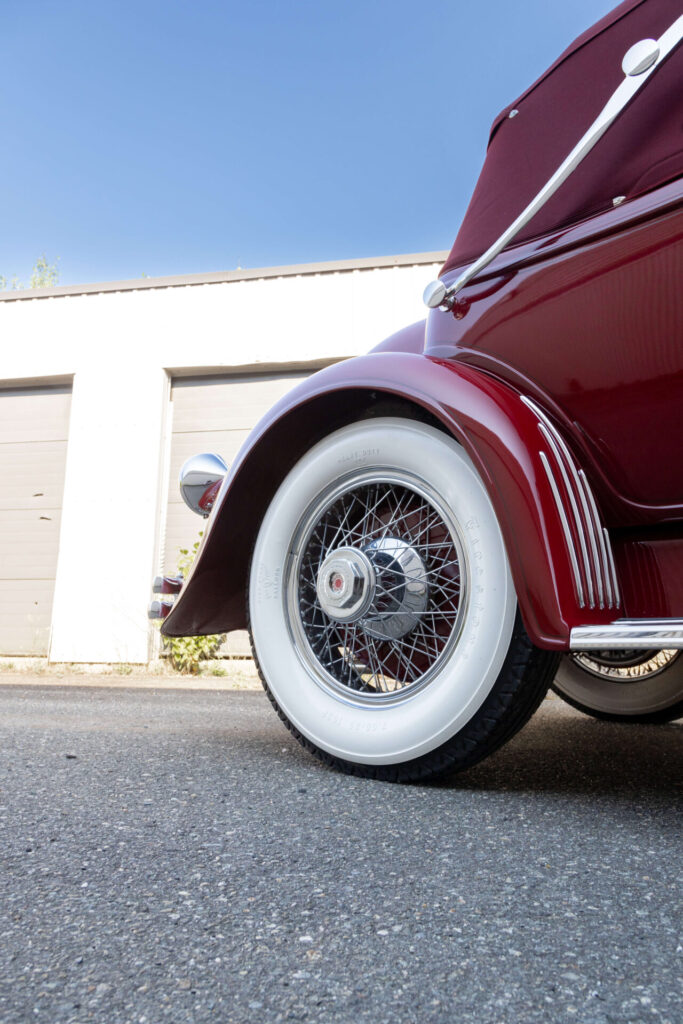
Cord’s Mandate
Errett Lobban Cord took over the failing Duesenberg company in 1926 and allowed Fred to return to doing what he did best; engineering. Cord was already at the head of the Auburn and Cord companies as well as a growing portfolio of other related businesses. While Fred was an incredible engineer, Cord was an expert salesman and visionary. Cord tasked Fred to build the best American car the world had ever seen. This was a project for which money was no object as long as it produced a car with the utmost beauty, power, speed, comfort and safety.
The Model J was the result. It was the fastest, and most expensive luxury car of its time. The Model J was state-of-the-art in terms of engineering and only the best coachbuilders of the time worked on its chassis. Arguably, the Model J was not a commercial success either as the company lost money with each chassis it sold. Indeed, it was a very expensive car to produce and to buy, with only a few people able to afford it. At the time, this was of no concern to Cord as the Duesenberg brand was only one of many companies in his empire. Cord used the Model J to boost the image and sales of the other companies in his growing empire.
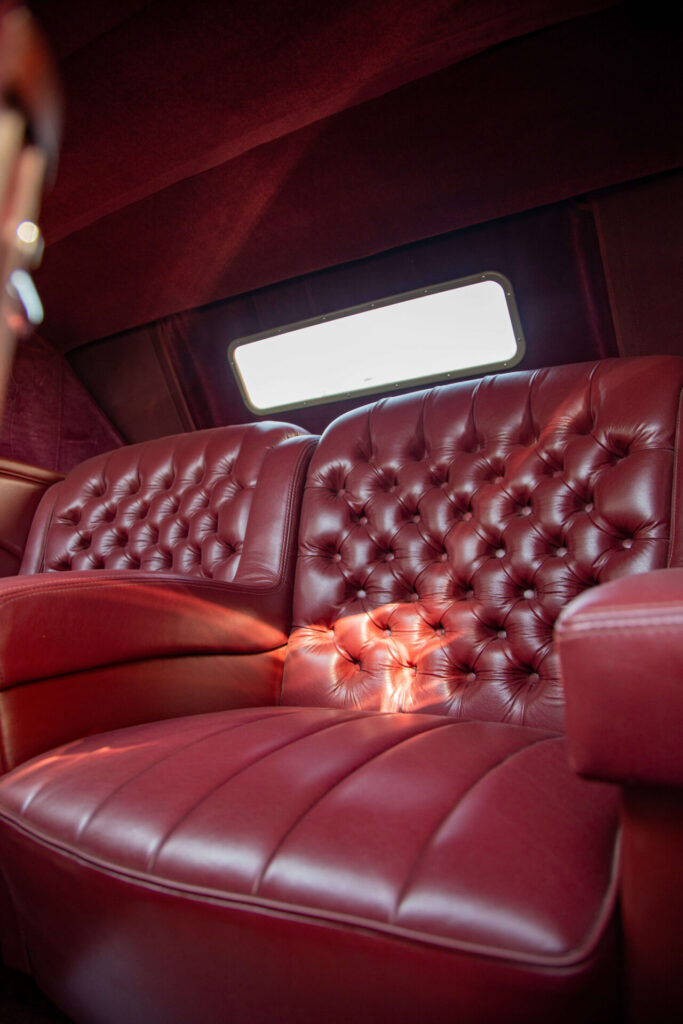
The Model J
Introduced in 1928, the Model J was everything Cord and Fred wished it would be. Indeed, the enormous Duesenberg chassis was equipped with a perfected version of Fred’s straight-eight engine. It produced a staggering 265 hp and afforded an acceleration in second gear of up to 89 mph or 143 km/h. Despite its massive size, the extensive use of aluminum allowed the engine to remain competitive by minimizing weight. 1932 saw the appearance of the supercharged version of this straight-eight engine that could produce 320 horsepower. The supercharged engine was sold in Duesenberg Model SJs and is considered to be Fred Duesenberg’s ultimate life achievement.
The Model J also came equipped with the famous hydraulic brakes previously used in the Model A. All Duesenberg chassis came with accompanying instruments and controls. The Model J’s dashboard is often compared to the cockpit of an aircraft. The dashboard also has various lights that indicate to the driver when they need to change or add oil or when to replenish battery water.
Although manufactured independently, the design of Duesenbergs’ coachwork was overseen by the stylistic direction of Gordon Miller Buehrig. It is unlikely that any two made-to-order Duesenbergs were ever the exact same. Destined to be driven by the elite of this world, the Duesenberg Model J coaches exemplified opulence and excess. So, only the wealthiest people like Hollywood actors, industry leaders, and royalty were able to afford it. The Model J was meant to be the best car in the world, and it fully performed that role. To this day, some believe that it is the “finest American automobile ever built.”
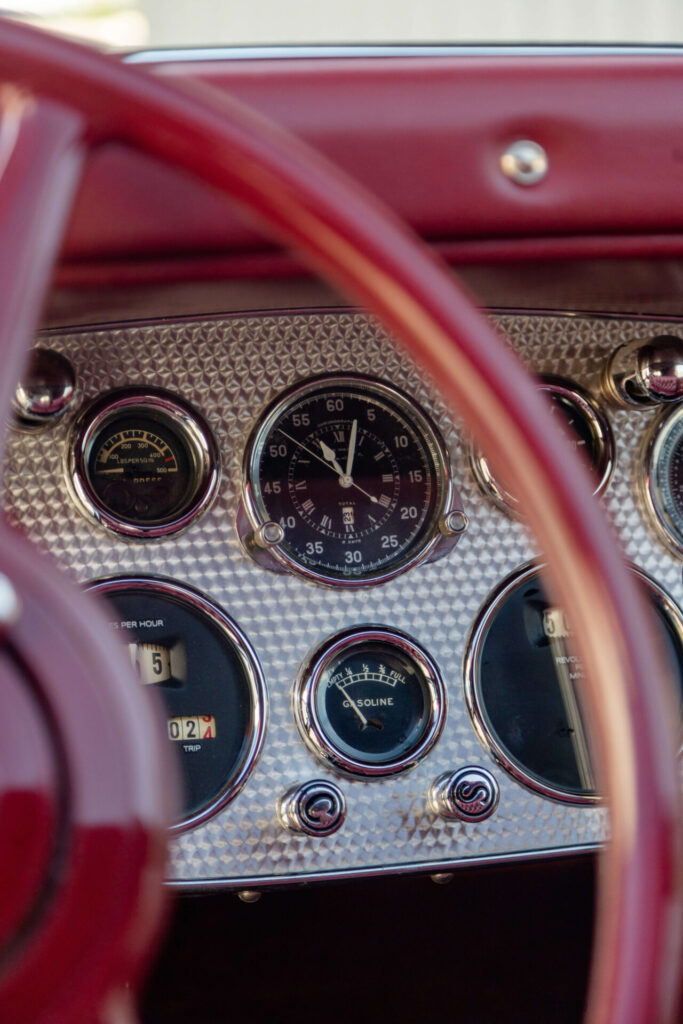
What Now?
Unfortunately, this is yet another car that suffered from the challenges of the Great Depression. Production numbers never took off and stopped in 1935. The Cord Corporation, which controlled Duesenberg, collapsed in 1937. However, Duesenbergs were built for quality and durability. Of the estimated 481 chassis produced, about three-quarters can still be found today, a very high percentage for such an “old” car.
By the initiative of the Demers Car Collection, this particular car was restored from a wreck-like state to the pristine condition that you see today. Presently, it is a beautiful four-passenger cabriolet finished with an eagle-head Lalique as its mascot. This particular car represented the Demers Car Collection at the 2023 Concours Élégance Trois-Rivières.
Next week on the blog, we learn about the invention of the electric starter.
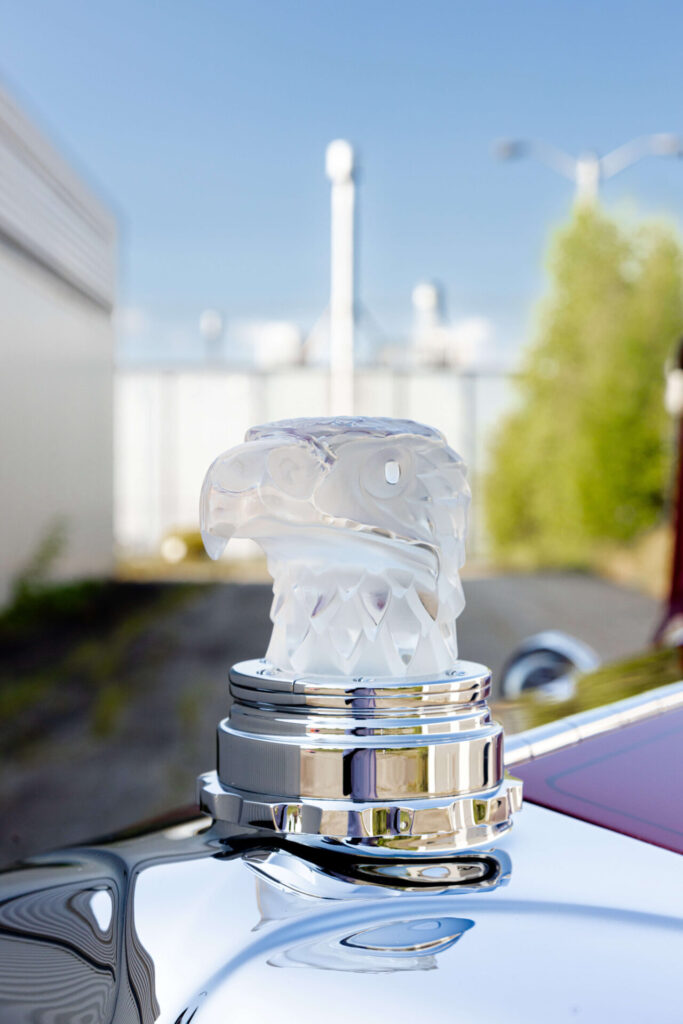
The Nitty Gritty
- DOHC straight-eight engine
- 3-speed gearbox
- Two-plate clutch
- 265 hp
- Max speed: 116 mph or about 187 km/h
